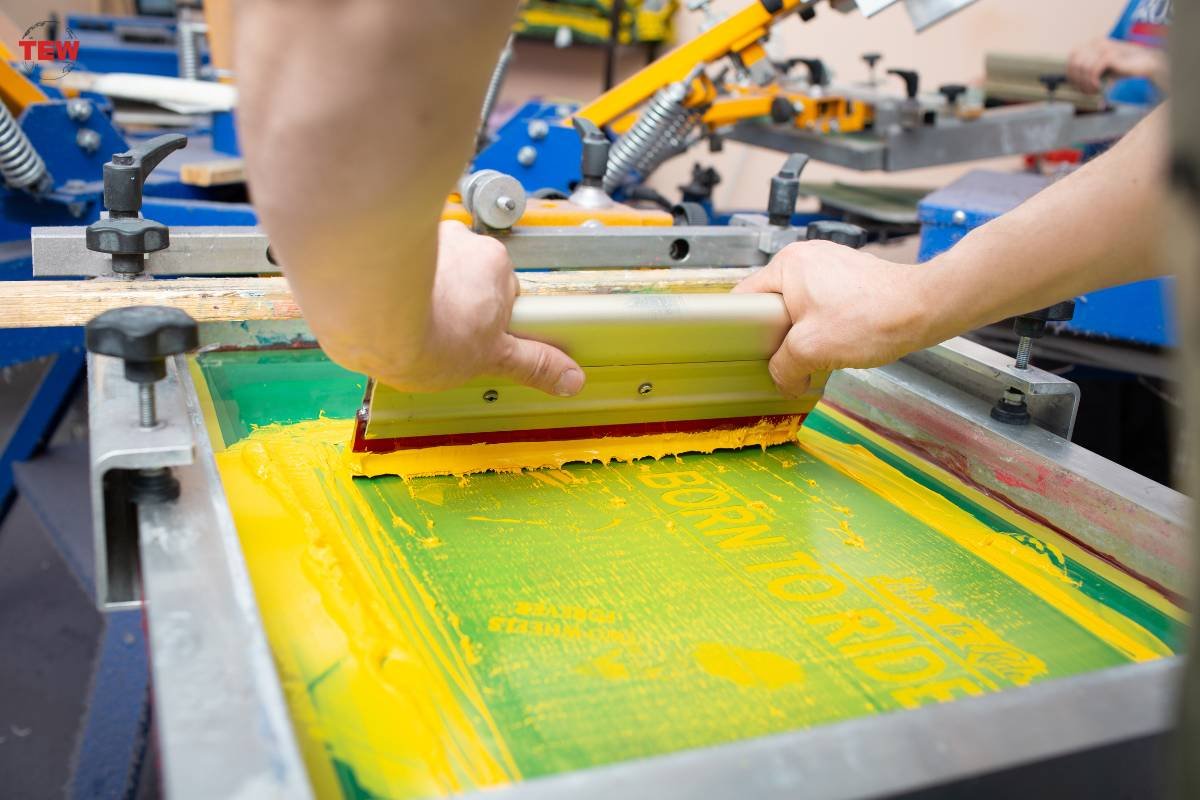4 Ways of Shipping Critical Items in Logistics Works
Supply chain logistics refers to the transfer of goods from one area to another. These can be more or less complex depending on the route, mechanisms of transfer, and the type of goods in transit.
Certain items require a great deal of care when it comes to shipping, especially pharmaceutical products. The Covid-19 pandemic highlighted the importance of appropriate supply chain logistics for vaccines. At present, up to 50% of vaccines are wasted, largely due to challenges in shortages, shipping, and distribution.
This has implications for the global food supply as well. Vaccines are transferred under cold storage and need to be kept within a distinct temperature range to maintain their efficacy. This equally applies to keeping food from spoiling in transit so it can get where it needs to go. Proper storage of food and medical goods is key to assisting low income and low-middle income countries (LMICS) that have humid climates, little infrastructure, and little access to finance or technology.
Thus, innovations in logistics could hold the key to two of the world’s biggest threats–starvation and disease–through the safe transfer of foodstuffs and medicines. The following are four key areas where logistics are being improved for these Shipping Critical Items.
1. Internet of Things
There’s little doubt that we are well on the way to a global internet-of-things (IoT) economy. And this is playing a major role in logistics. Present and future use cases of the IoT include real-time shipment tracking, route and warehouse optimization, predictive purchasing, last-mile delivery improvements, fault detection, planning, reporting, and much more.
In an IoT economy, many of the ‘things’ will be a lot smaller and capable of picking up minuscule increments in a given range – temperature, price, humidity, pressure, volume, etc. With more of these microdevices, information will be sent more quickly and parsed more easily. The end result will be increasingly accurate data, within a rapid time frame, for clear and actionable insights. For critical items, human needs-based items, micro-information that reports on those critical items becomes ever more necessary.
Last-mile delivery is a particularly sensitive area for logistics. In an IoT world, small real-time devices can immediately detect traffic jams, natural disasters, road maintenance issues, storms, parking availability, and a number of other phenomena that can make last-mile delivery particularly problematic for suppliers. IoT can also proactively detect repair and maintenance issues for carriers, increasing the total uptime and preventing the potentially catastrophic breakdown of shipping vessels.
2. Data Loggers for Shipping Critical Items
Data loggers typically work with sensors to track certain information and relay it back to the cloud for analysis. In terms of critical pharmaceutical products like vaccines, the most important information to be tracked and monitored includes the temperature, as well as the humidity.
For instance, vaccines need to be kept within certain temperature ranges for transport. Moderna vaccines are frozen at -58°F to 5°F when in transport. For Pfizer, the transfer temperatures are ultra-low at -130°F to -76°F. Difficulties with the freezer or changes in temperature could destroy an entire batch. The same can be said of food items, though they can typically be kept unspoiled at much higher temperature ranges.
Data loggers can monitor the temperatures at given intervals to ensure it stays within range and automatically send emails and/or SMS alerts if something is amiss. As reported by Dickson Data company, data loggers are critical in order to maintain a safe and, in the case of vaccines, efficacious product. They allow compliance with industry-specific regulations and enable easy analysis, reporting, and visualization.
Data loggers do not merely allow for the current resolution of problems. The information is kept stored in a cloud to predict future outcomes based on historical information. There are multiple types of data loggers and they are often seen in the healthcare, food, and aerospace industries. The most common ones include temperature data loggers, humidity data loggers, pressure data loggers, CO2 data loggers, and open/close data loggers.
3. Advanced Predictive Modeling for Shipping Critical Items
Improved information from real-time data modeling in an IoT economy is one thing. But data analysis, visualization, and action are another. When the data from sensors is uploaded to the cloud, it needs to be correctly assessed. Predictive modeling uses statistical analysis to determine the correct mode of action. And it needs to do this quickly, as critical item transport is often highly time-sensitive.
For example, if there is a natural disaster that disrupts a trade route, what is the best course of action? For The Shipping Critical Items will need to be stored at the nearest facility that has power, storage capacity, and the necessary equipment for maintaining appropriate temperatures and humidity. This has to be balanced against the odds of the route being repaired in time and other criteria. This is known as ‘route optimization’ within the supply chain logistics industry.
Predictive analytics can also assist in terms of supply and demand. This is especially relevant given how many vaccines and sensitive goods expire or spoil. At present, certain places have too many vaccines while the majority of the planet is seeing a shortage. Predictive modeling can help in the distribution of both foods and medical goods so that they go to the places they are needed the most.
4. Innovations in Logistics for Shipping Critical Items
We are clearly only at the beginning when it comes to supply chain logistics, special care items, data loggers, and the IoT economy. Advances in both hardware and software will assist with real-time tracking, monitoring, and assessment of sensitive goods in transit.
Ultimately, logistics is about getting goods to a specific destination intact. The sensitive nature of certain goods requires sophisticated equipment, and we are witnessing more and more integration of this equipment into the supply chain. The more intelligently integrated, the better the end result.
It has already helped Nigeria to receive over 4.2 Million Moderna vaccine doses, in a special initiative involving USAID, Nigeria’s National Primary Health Care Development Agency (NPHCDA), and cold chain IoT firm Gricd.com.
Using temperature data loggers, real-time monitoring, and data visualization tools, the vaccines were safely distributed to all of Nigeria’s 36 states, providing a fair and equitable distribution of a sensitive and much sought-after medical commodity.




